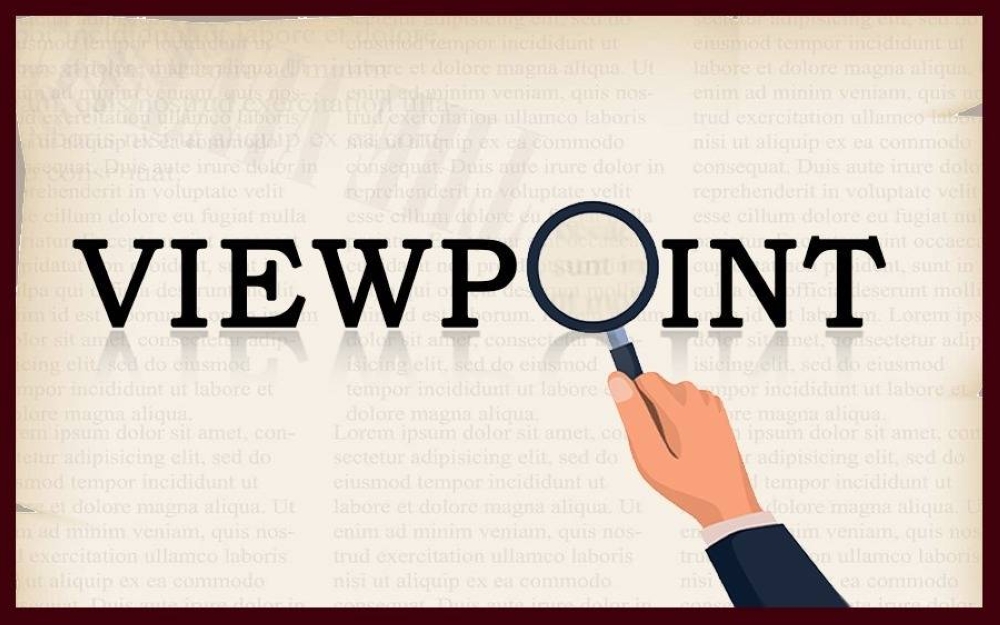We cannot live without water, but it is a finite resource whose supply we have been taking for granted.
The World Meteorological Organisation estimates that nearly 3.6bn people struggle to get enough water to meet their needs for at least one month every year, and it forecasts that 5bn people – more than half of humanity – will be facing the same plight by 2050.
But this is not just about getting enough to drink, wash with or to water crops. Extreme weather events sometimes bring too much water all at once.
Floods, hurricanes and other water-related events take lives and destroy homes, livelihoods and infrastructure. The United Nations says says almost three-quarters of all natural disasters were water-related between 2001 and 2018.
Our global water system is in crisis. Despite safe water and sanitation being a human right, billions of people lack access to these essentials for life, according to the United Nations.
Recently, the UN hosted Water Conference – the first in almost 50 years, which was a watershed moment for UN Sustainable Development Goal 6: ensuring the sustainable management of water and sanitation for all.
It coincided with the World Water Day, which is marked annually on March 22 to raise awareness about the importance of freshwater and advocate for the sustainable management of freshwater resources.
At current rates, some 1.6bn people will lack safely managed drinking water. 2.8bn people will lack safely managed sanitation and 1.9bn people will lack basic hand hygiene facilities.
Since the late 1970s, when the last Water Conference took place, the world has been focused on the business of rapid growth and development.
Water was available, and its quality and supply was predictable, allowing us to raise families, build cities and factories, prevent the spread of disease, boost farm yields and bring more land under cultivation.
But a growing global population – predicted by the UN to reach 8.5bn by 2030 – coupled with economic development and changing consumption patterns means the demands on our water resources are far greater than 50 years ago.
Natural resources crises, including for water and food, come within the top 10 biggest risks facing humanity in the coming decade, in the World Economic Forum’s ‘Global Risks Report 2023’.
It cites one UN estimate that places the gap between water demand and supply at 40% by 2030, with a “dramatic and unequal increase in demand between countries”.
As we continue to over-deplete, mismanage and abuse this vital resource, water is becoming more scarce, more polluted and contested at an unprecedented rate and scale. And as global warming continues to take effect, ordinary weather is becoming a thing of the past, exacerbating our water crisis, with some regions more affected than others.
Wind and rainfall conditions have become more extreme and harder to predict. This is affecting water availability and supply.
It is clear we need to rethink our approach to how we can best allocate and value water. We need some clear thinking about how to improve the governance of water supplies to ensure everyone has access to water to drink and wash and meet other needs.
Opinion
Global water system is in deep crisis; it is time to act
We need some clear thinking about how to improve the governance of water supplies to ensure everyone has access to water to drink and wash and meet other needs

